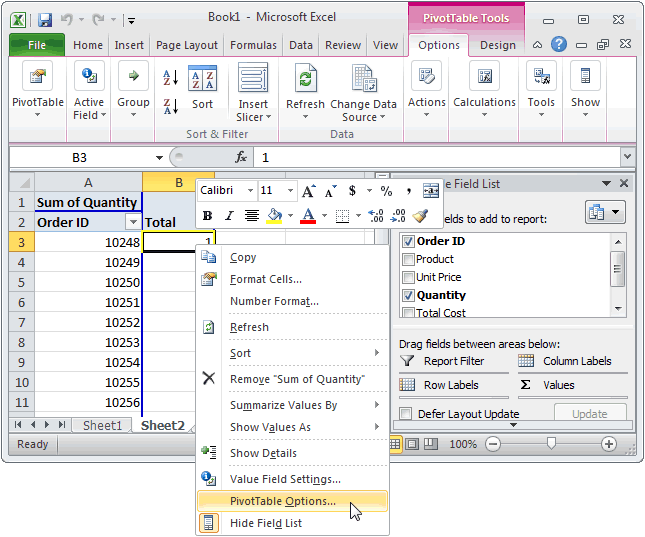

If they are, the macro deletes the entire row. The macro checks to see whether the cells in that row are empty. This helps pinpoint which exact row we are working with in the current loop. In Step 4, the macro uses the iCounter variable as an index number for the Rows collection of MyRange. For instance, Range("A4:A12").Rows(4) points to the forth row in the range A4:A12. When working with a range, you can explicitly call out a specific row in the range by passing a row index number to the Rows collection of the range.In all, Step 3 tells Excel to start at the last row of the chosen range, moving backward until it gets to the first row of the range. Because we specify Step -1, Excel knows we are going to increment the counter backwards, moving back one increment on each iteration. Note that we are using the Step -1 qualifier.

In this step, the macro sets the parameters for the incremental counter to start at the max count for the range ( ) and end at 1 (the first row of the chosen range).Note that if we wanted to specify an actual range or a named range, we could simply enter its name: Range("MyNamedRange"). The UsedRange property gives us a range that encompasses the cells that have been used to enter data. In Step 2, the macro fills the MyRange variable with the UsedRange property of the ActiveSheet object.This variable serves as an incremental counter. The other variable is a Long Integer variable called iCounter. This is an object variable that defines our target range. The first variable is an Object variable called MyRange. The macro first declares two variables.We keep doing that same delete for every loop, each time incrementing the counter to the previous row. If the entire row is indeed empty, we remove the row. We then establish a counter that starts at the last row of the used range to check if the entire row is empty. In this macro, we are using the UsedRange property of the Activesheet object to define the range we are working with. If Application.CountA(Rows(iCounter).EntireRow) = 0 Then 'Step 4: If entire row is empty then delete it. 'Step 3: Start reverse looping through the range.įor iCounter = To 1 Step -1 3.1 Don't see personal.xlsb in your project window?.


 0 kommentar(er)
0 kommentar(er)
